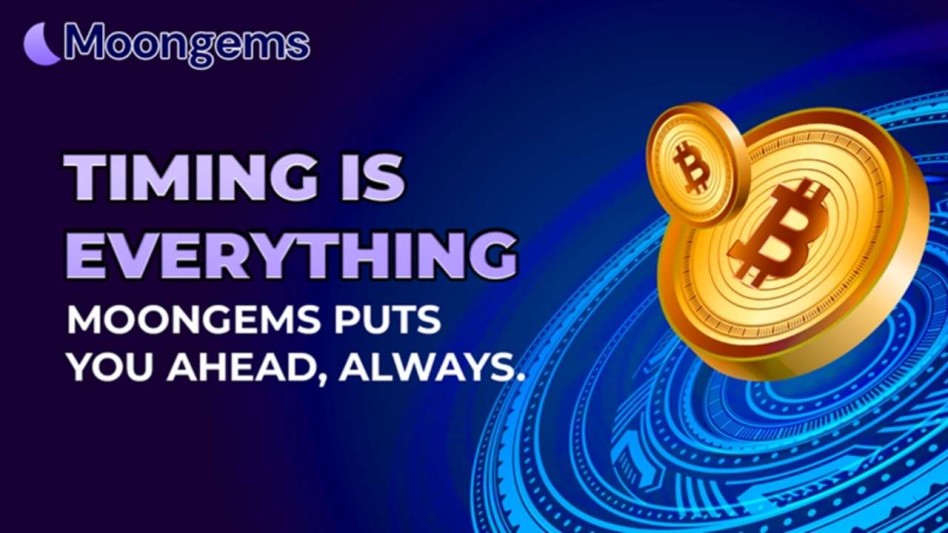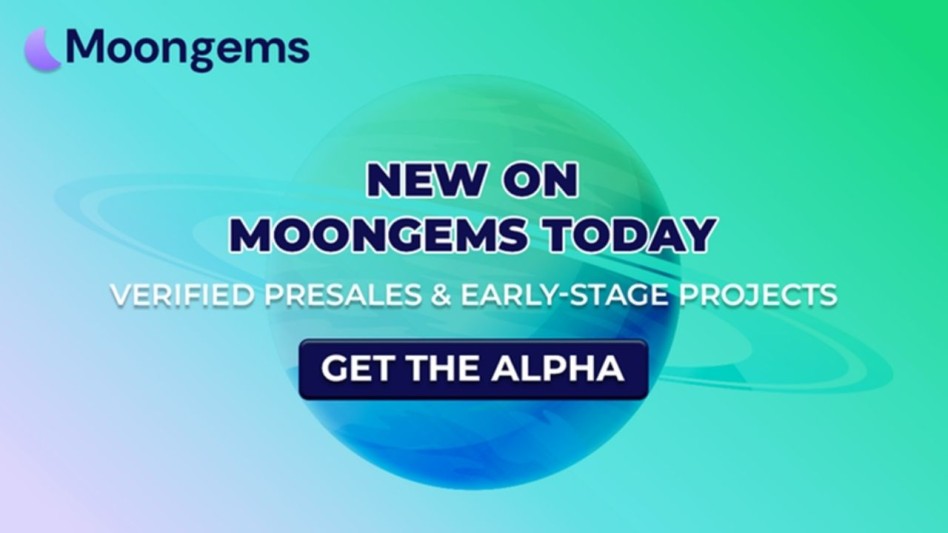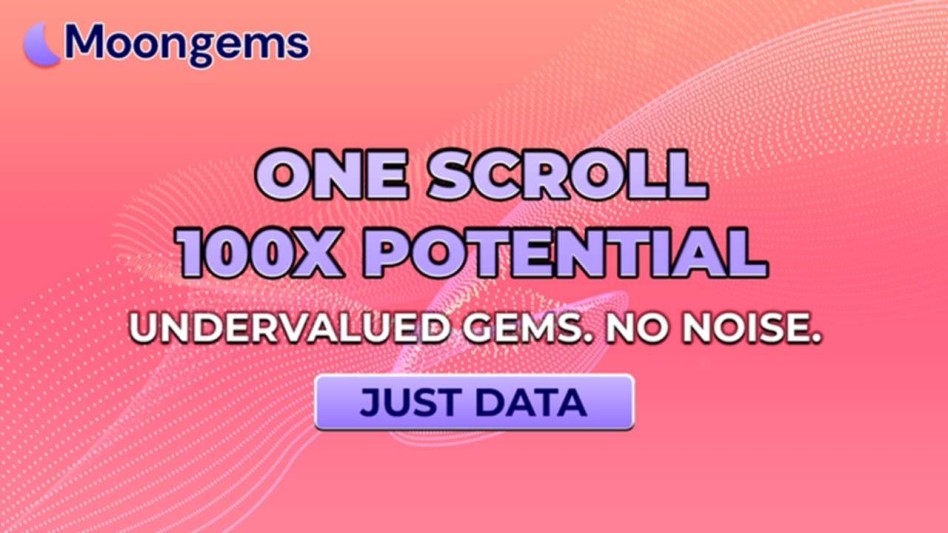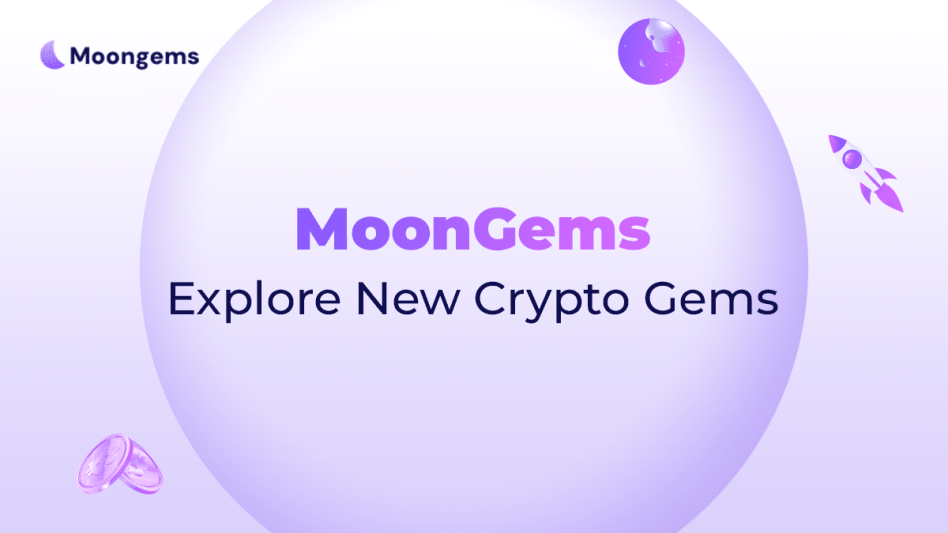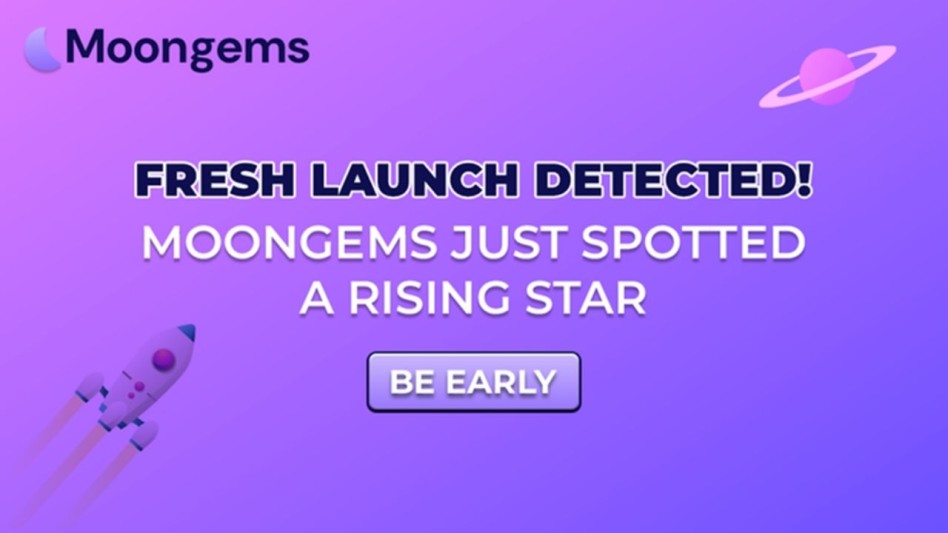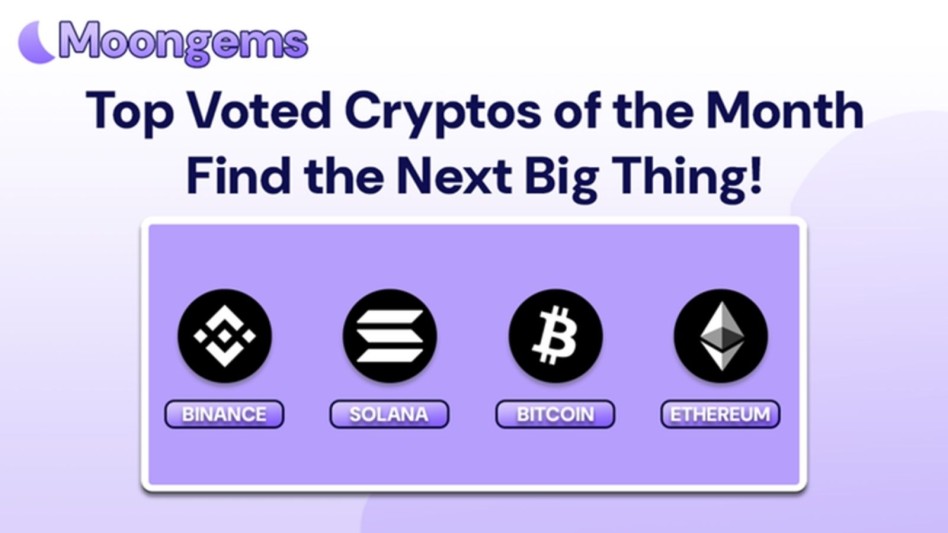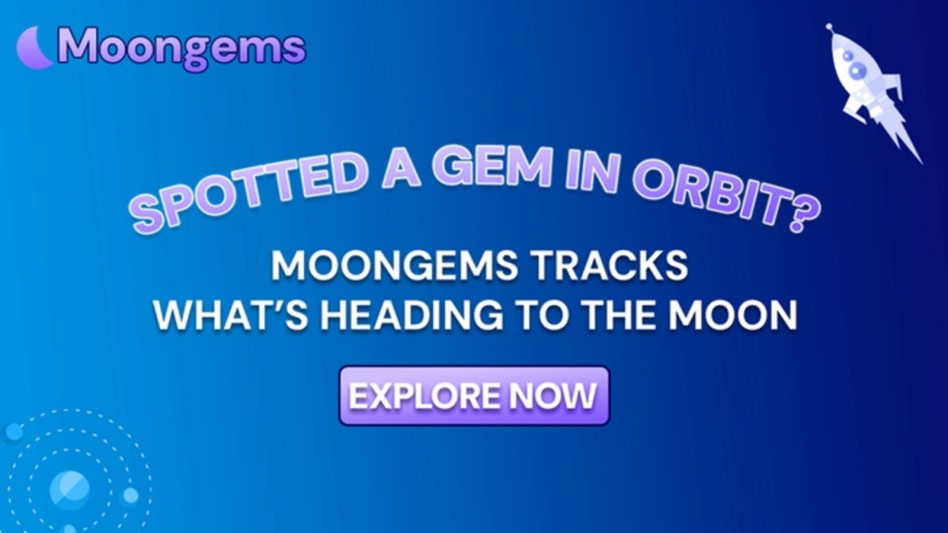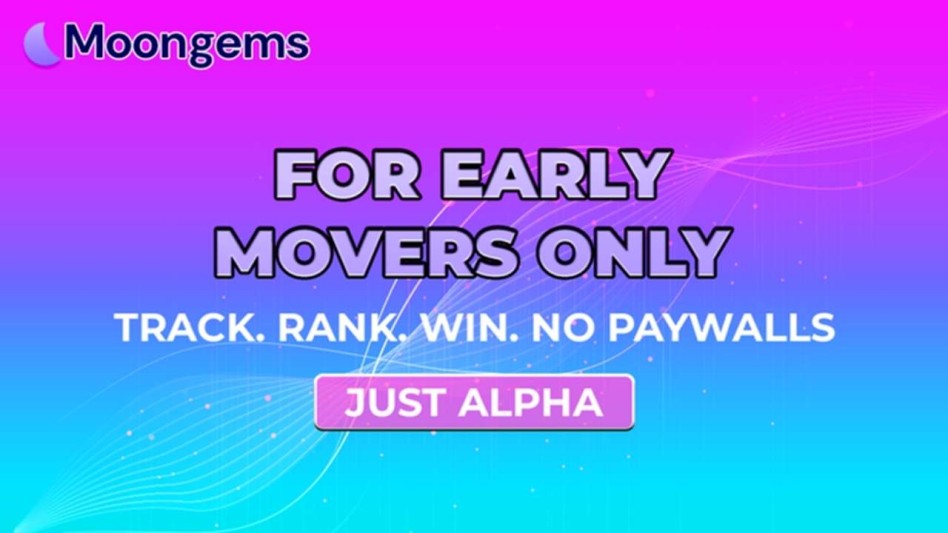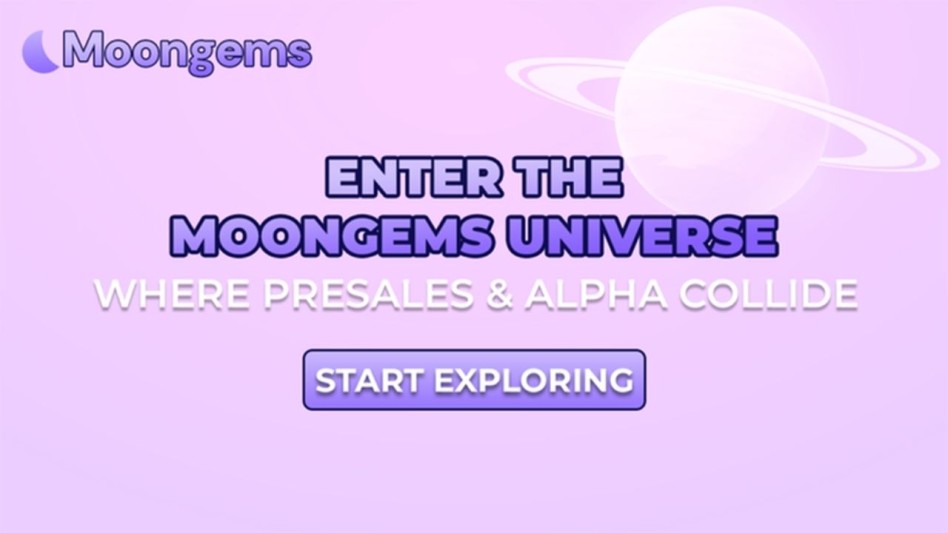Author: Jawad Hussain – Crypto Analyst & Web3 Researcher | 9+ years tracking presales, IDOs, and token launches. Follow him on Twitter and LinkedIn.
In 2025, whitepapers are like resumes — everyone has one, but most are fluff. Some are copy-pasted. Others are full of buzzwords like “AI metaverse protocol” without a single line of actionable insight. That’s why learning how to speed-read and assess whitepapers is an essential crypto skill.
You don’t need to be a developer or tokenomics expert to spot the key red flags — you just need to know where to look and what to ignore. This article will walk you through how to dissect any whitepaper in 10 minutes or less using a repeatable checklist, including how MoonGems summarizes these findings for every listed project.
Because while others get dazzled by fancy diagrams, you’ll know how to spot whether a token is all hat — or has a working engine underneath.
Where to Start: The 6 Sections That Actually Matter
Most whitepapers are 10–40 pages long, but only six sections usually tell you what you need to know. Focus on these:
1. The Problem Statement
If a whitepaper doesn’t clearly explain the problem the project solves in the first 1–2 pages, it’s likely trying to distract you with hype. A strong whitepaper defines the issue in plain language and frames the token’s existence around that need.
2. The Solution Overview
Look for a clear, technical (but not overly complex) explanation of what the project is building. Is it a protocol? A dApp? A Layer 2? If the "solution" is vague or relies too much on “we’re like X, but better,” dig deeper.
3. Token Utility and Purpose
This is the most important part. If the token doesn’t do anything — no access, no function, no economic role — it’s likely a speculative asset wrapped in narrative. MoonGems highlights real utility tokens in each listing.
4. Tokenomics and Distribution
Check supply caps, initial circulating supply, vesting schedules, and burn mechanics. Who gets what, when, and why? If over 40% goes to insiders or there's no lock-up, that's a red flag.
5. Roadmap and Milestones
A roadmap should have deliverables with dates. “Launch NFT marketplace Q3” is good. “Build community” is not. Check whether the current progress aligns with the roadmap.
6. Team, Advisors, and Backers
Public teams, active advisors, and credible investors are a good sign. Anonymous teams can work — but only if the tech and transparency compensate. MoonGems includes transparency ratings in every project breakdown.
Focusing on just these six sections saves time and filters the noise from the narrative.
What to Ignore: The Time-Wasters and Red Flags
Not everything in a whitepaper is useful. In fact, some sections are pure filler designed to impress you without informing you.
Avoid spending time on:
- Generic “Vision” Language
If it reads like a motivational poster (“Decentralize the future for the next generation!”), skip it. Great projects are built on detail, not declarations. - Fake Roadmaps
If a roadmap just says “Phase 1: Community,” “Phase 2: Listings,” and so on — without actual product goals — it’s just fluff. - Buzzword Dumps
“AI-powered, NFT-integrated, cross-chain DeFi layer with gamified staking” sounds impressive. But if there’s no real architecture behind it, it’s noise. Look for depth, not decoration. - Charts with No Context
Diagrams should support the model. If there are flowcharts with no accompanying explanations, they’re just visual noise.
MoonGems flags whitepapers with high fluff-to-substance ratios, so you don’t fall for style over substance.
Fast Whitepaper Reading Checklist (The 10-Minute Breakdown)
Use this step-by-step checklist when speed-scanning any whitepaper:
- Skim the Intro + Problem/Solution (1–2 mins)
Look for a clearly defined problem and a realistic, tech-based solution. If it’s unclear or grandiose, move on. - Scan Token Utility (2 mins)
Ask: Does the token actually power the system? If you can remove the token and the platform still works, it’s not a utility token. - Review Tokenomics + Vesting Table (2 mins)
Who gets what, and when? Team allocations over 25% or short cliffs are red flags. - Quick Look at Roadmap (1 min)
Are there clear dates and real product milestones? Or just vague “community building” phases? - Check Team Info + Links (2 mins)
Can you verify team members via LinkedIn or GitHub? No transparency = no trust. - Do a Keyword Scan
Run a CTRL+F for: “burn,” “staking,” “vesting,” “circulating,” “audit.” These terms help anchor your understanding of what matters.
Once you’ve run through this list, you’ll know more than 90% of people investing off hype posts and influencer shills.
Final Thoughts: In a Sea of PDFs, Clarity Is Power
Reading whitepapers doesn’t need to be a two-hour research mission. In fact, the smartest investors in 2025 aren’t the ones who read every word — they’re the ones who know what to look for and where to look first.
Treat a whitepaper like a funnel. If it passes your 10-minute test, dig deeper. If not, move on to the next project.
Use MoonGems to shortcut even further. Every listing comes with utility breakdowns, tokenomics summaries, and team transparency scores — so you don’t waste time chasing empty docs with pretty fonts.
Because in this market, attention is currency. And you can’t afford to spend it on fluff.
Frequently Asked Questions (FAQs)
- What’s the purpose of a whitepaper in crypto?
A whitepaper outlines the project's vision, tech, utility, tokenomics, and roadmap — it’s like a pitch deck and user manual combined. - How long should I spend reading a whitepaper?
You can learn 80% of what you need in 10 minutes if you know where to look — use our fast checklist. - What are red flags in whitepapers?
No clear token utility, vague roadmaps, unrealistic token allocations, or lack of team info are all warning signs. - Are all whitepapers trustworthy?
No. Many are copied and pasted or written to sound impressive without real substance. Verify all claims via GitHub, LinkedIn, or MoonGems. - Can I trust projects with no whitepaper?
Generally, no — unless it’s an open-source project with a public GitHub and clear documentation elsewhere. - Do MoonGems listings include whitepaper summaries?
Yes — MoonGems provides verified summaries with token utility, burn mechanics, vesting details, and team transparency checks. - What’s more important — the tech or the tokenomics?
Both matter — but if the token has no reason to exist, strong tech alone won’t save it.
Glossary of Terms
- Whitepaper: A technical document outlining the goals, structure, and functionality of a crypto project.
- Tokenomics: The economic structure behind a crypto token — including supply, utility, distribution, and burn mechanics.
- Vesting: A scheduled release of tokens to prevent large dumps.
- Circulating Supply: The number of tokens actively in the market and tradable.
- Utility Token: A token that powers functionality within a platform or ecosystem.
- GitHub: A code repository used to track development activity and validate technical work.
- Roadmap: A timeline of a project’s future goals and deliverables.
- MoonGems: A platform that provides presale analysis, whitepaper summaries, and team verifications for early-stage crypto investors.
- Audit: A third-party security review of smart contracts and code.
Disclaimer
This content is for informational purposes only and does not constitute financial advice. Investing in crypto presales carries risk, including potential capital loss. Always do your own research (DYOR) and consult professional advisors before participating in early-stage investments.



